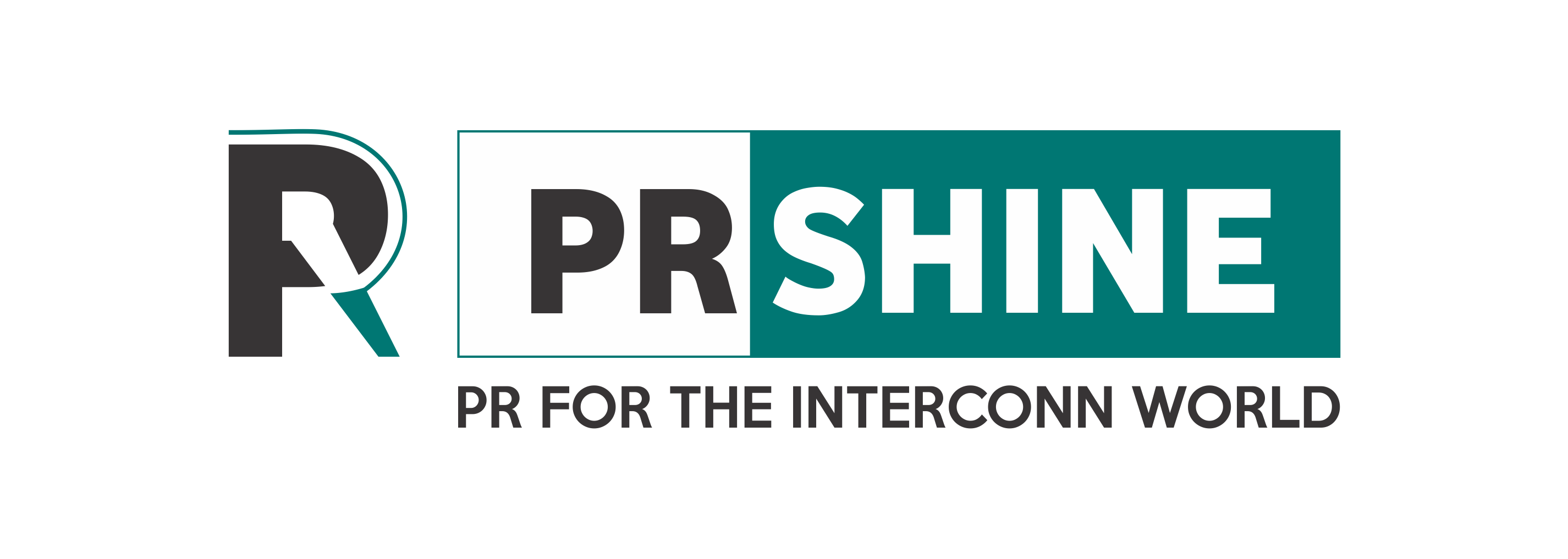The Future of Term Life Insurance: Trends to Watch
In this article, we explore the key trends reshaping the future of term life insurance, offering insights into how insurers are adapting and what policyholders can expect.

The landscape of term life insurance is undergoing significant transformations, shaped by technological advances, demographic shifts, and evolving consumer demands. As we look to the future, term life insurance will continue to play an essential role in providing families with affordable, temporary financial protection. In this article, we explore the key trends reshaping the future of term life insurance, offering insights into how insurers are adapting and what policyholders can expect.
-
Rising Demand for Affordable Financial Security
Term life insurance remains a top choice for individuals seeking cost-effective protection for their families. With the increasing economic uncertainties and rising cost of living, consumers are prioritizing affordability when securing financial protection. Term life policies offer high coverage at a fraction of the cost of permanent life insurance, making them ideal for families and individuals looking for accessible financial security.
Affordability and simplicity are driving younger generations to consider term life insurance earlier in life, especially as they focus on securing their families’ financial future. To accommodate this demand, insurers are designing products with flexible terms, competitive pricing, and customizable options.
-
The Role of Technology in Shaping Term Life Insurance
The adoption of advanced technology has introduced new efficiencies and conveniences in the term life insurance industry. From digital underwriting to automated claims processing, technology is revolutionizing every stage of the insurance lifecycle.
- Digital Underwriting: Insurers are increasingly relying on digital underwriting processes to assess applicants more quickly and accurately. Digital tools, including artificial intelligence (AI) and data analytics, have streamlined the underwriting process by using data from public records, social media, and wearable devices to assess risk profiles.
- Blockchain for Security and Transparency: Blockchain technology offers enhanced security for sensitive data, improving transparency and trust between insurers and policyholders. The use of blockchain can provide a secure, unchangeable ledger of transactions, which is particularly valuable in preventing fraud and ensuring efficient claims management.
- Automation in Claims Processing: Through AI, claims are processed more efficiently, with automated systems detecting patterns, assessing eligibility, and making prompt payout decisions. This quick, accurate response system reduces delays and improves the overall policyholder experience.
-
Shift Toward Personalized and Flexible Coverage Options
Today’s consumers expect tailored services that meet their unique needs. Insurers are responding by offering personalized policies and flexible coverage options in term life insurance policy. This customization is attractive to consumers looking to adapt their policy as life circumstances change.
- Convertible Term Policies: Many term policies now offer the option to convert to permanent insurance without requiring a medical exam. This flexibility is appealing to policyholders who want to maintain coverage beyond the initial term period without going through a lengthy application process.
- Flexible Terms and Coverage Amounts: Insurers are providing policies with adjustable coverage amounts and term lengths, allowing policyholders to modify their insurance to fit evolving financial situations. Some insurers are offering policies that can increase or decrease in coverage based on major life events, such as marriage, the birth of a child, or retirement.
-
Growing Importance of Data Analytics and Predictive Modeling
Data analytics and predictive modeling are becoming essential tools for insurers to understand and anticipate policyholders’ needs. These tools enable insurers to assess risk accurately and tailor products to meet specific customer profiles, ultimately leading to more competitive pricing and enhanced policyholder satisfaction.
- Risk Assessment with Predictive Analytics: By analyzing patterns in health data, lifestyle choices, and purchasing behaviors, predictive modeling helps insurers gauge risk factors more precisely. This leads to the development of custom products that are better suited to policyholders’ lifestyles and preferences.
- Improved Customer Experience: Predictive analytics also supports insurers in enhancing customer experience by identifying potential areas for improvement. For instance, it enables proactive communication with customers about policy renewals, premium adjustments, or available discounts.
-
Emphasis on Simplified Underwriting and No-Exam Policies
With a focus on accessibility, many insurers are adopting simplified underwriting processes that eliminate the need for medical exams. These policies cater to individuals seeking hassle-free coverage and are particularly appealing to younger generations and those with limited time or aversion to medical testing.
- No-Medical Exam Policies: Simplified issue and no-medical-exam policies allow applicants to obtain life insurance coverage without undergoing traditional health screenings. By leveraging data from alternative sources, insurers can make quick underwriting decisions, enabling policyholders to secure coverage within hours.
- Accelerated Policy Issuance: Simplified underwriting speeds up the approval process, which not only meets the needs of busy individuals but also provides critical coverage more rapidly. This is a strategic move to cater to modern customers looking for fast and efficient insurance solutions.
-
Sustainable and Socially Responsible Insurance Options
Sustainability and social responsibility are gaining prominence across industries, including insurance. Insurers are recognizing that environmentally-conscious consumers prefer companies aligned with their values and are developing term life insurance products with eco-friendly and socially responsible features.
- Eco-Friendly Policies: Some insurers are introducing policies that support environmental initiatives, including contributions to carbon-offset programs or green investments. By offering eco-conscious options, insurers are appealing to environmentally-minded customers looking to make socially responsible choices.
- Community and Social Impact: Companies are also focusing on the social impact of their operations, from ethical investment practices to supporting charitable organizations. This alignment with social and environmental values is expected to attract customers who prioritize sustainability.
-
Enhanced Focus on Financial Literacy and Consumer Education
Financial literacy has become an essential aspect of personal finance, and insurers are investing in resources to help consumers understand the benefits of term life insurance. Educated consumers are more likely to make informed decisions that align with their financial goals.
- Online Learning Resources and Tools: Many insurance companies now offer educational content, calculators, and planning tools to empower policyholders to make knowledgeable choices. This transparent approach increases consumer trust and encourages individuals to take control of their financial futures.
- Personalized Financial Guidance: Some insurers are offering one-on-one financial guidance, helping policyholders understand the advantages of term life insurance and how it fits into a comprehensive financial plan. By offering customized advice, insurers are building stronger relationships with policyholders.
-
Increasing Influence of Regulatory Changes
Regulatory changes are continually shaping the insurance industry, with recent legislation focusing on consumer protection and data security. As new regulations emerge, insurers must adapt their practices to maintain compliance and continue offering competitive policies.
- Enhanced Data Protection Standards: With stricter regulations on data privacy, insurers are required to adopt secure data-handling practices. This ensures that policyholders’ personal information is protected, promoting trust and confidence in the insurance process.
- Transparency in Policy Terms: Regulatory bodies are advocating for clearer, more transparent policy terms to prevent misunderstandings. By providing easily understandable contracts, insurers improve policyholder satisfaction and compliance with legal standards.
-
Rise of Insurtech and Digital Distribution Channels
Insurtech companies are transforming the life insurance industry by introducing innovative digital solutions that enhance accessibility and customer experience. These digital-first companies are meeting the demands of tech-savvy consumers looking for quick, convenient ways to access insurance.
- Online Marketplaces for Comparison: Digital platforms allow customers to compare policies from different providers, empowering them to make informed decisions. These marketplaces make it easier to find the best coverage based on individual needs, budget, and preferences.
- Self-Service Apps: Many insurers are launching self-service applications that enable policyholders to manage their policies online, from paying premiums to updating beneficiaries. This digital access appeals to younger policyholders who value convenience and transparency.
-
Integration of Wellness Programs and Health Incentives
Insurers are incorporating wellness programs and incentives for healthy behaviors into term life insurance policies, creating a mutually beneficial relationship for both policyholders and insurers. These programs encourage individuals to adopt healthier lifestyles, ultimately reducing risk for insurers.
- Discounts for Healthy Lifestyles: Many insurers now offer premium discounts or rewards to policyholders who maintain a healthy lifestyle, such as regular exercise or not smoking. These incentives make term life insurance more affordable for health-conscious consumers.
- Health Monitoring and Wearables: Some policies provide discounts for policyholders who use wearable devices to track health metrics. This integration of technology supports preventive care, rewarding those who proactively manage their health.
Conclusion
The future of term life insurance is marked by innovation, adaptability, and a heightened focus on meeting consumer needs. As technology, sustainability, and personalized service become central to the industry, term life insurance will remain a key component of financial planning for individuals and families. The evolving landscape promises a more transparent, accessible, and valuable experience for policyholders, ensuring that term life insurance continues to be a reliable option in securing a family’s financial future.


 Chetan
Chetan 









